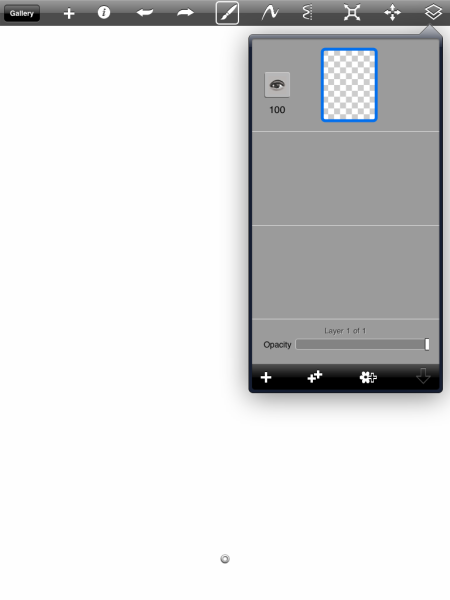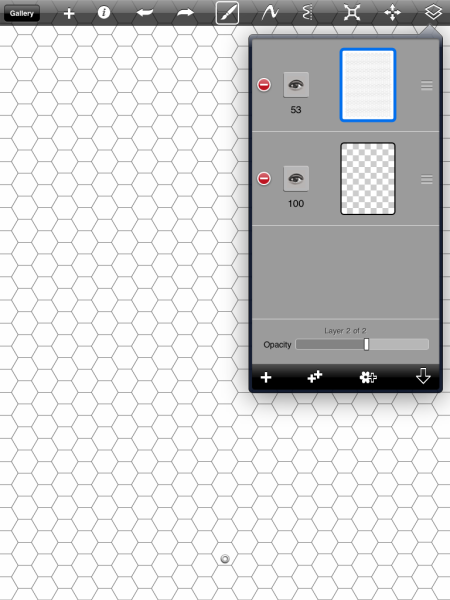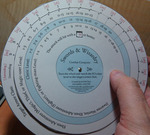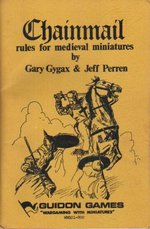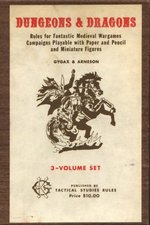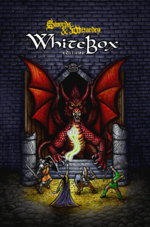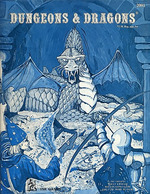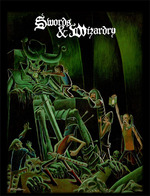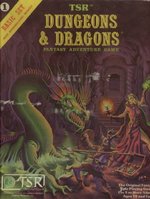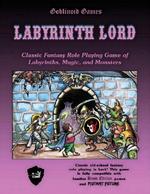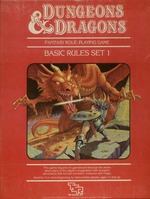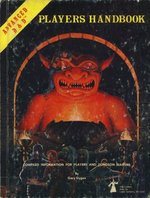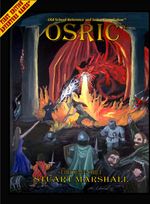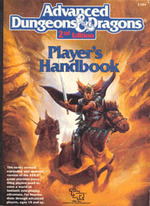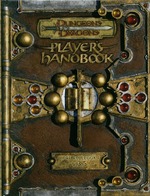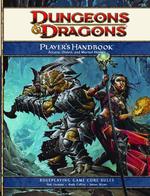I have been thinking about this a fair bit lately, and what I would like to see is a nice stand alone LBB that covers just running a Wilderness Sandbox game. I am seeing references to various book out there (AD&D's Wilderness guide comes to mind) but nothing that is exactly focused on a rules light kind of approach.
These links got me thinking about what that would entail:
- Bat in the Attic's Musings on Sandboxes (initial post)
- Bat in the Attic's Musings on Sandboxes (hex size)
- PA Gabe's Sandbox House Rules
- Gothridge Manors's Building a Wilderness Hex
...And others.
The Book I am envisioning is not a detailed area in hex map form for the players to explore, but instead a set of rules and random tables for creating and running your own. I am kind if enamored with the idea that the DM does not try to detail the whole map at once, but instead has the rules and tables for generating logical terrain one hex at a time. That way he or she details the DMs map the night before each game session. They lay track in from of the train, if you will, and simply look at the sheet of Gamer Paper (Hex map) that the party has been filling in, and figures out what is the hexes within range that can be explored in the next session. (using something like Gabe's Resolve points makes that a clear radius) If the party makes it to a blank space in the DMs map, then he can pull out the book and quickly roll on the tables to see what they find, or (more likely) just wing it.
Update
Found this nice series of posts while digging around on Bat in the Attic. Rob is walking though the process of making a sandbox setting from scratch, so these posts more focused on creating the whole sandbox from the get go, then the 'just in time' style I was talking about. But a great set of guidelines, and certainly something that the LBB idea should cover. (Frankly, he could probably compile all 34 posts when he is done and publish it as a How-to book on Lulu.)
- How to Make a Fantasy Sandbox
- A Fantasy Sandbox in Detail I
- A Fantasy Sandbox in Detail II
- A Fantasy Sandbox in Detail III
- A Fantasy Sandbox in Detail IV
- A Fantasy Sandbox in Detail V
- A Fantasy Sandbox in Detail VI
- A Fantasy Sandbox in Detail VII
- A Fantasy Sandbox in Detail VIII
- A Fantasy Sandbox in Detail IX
- A Fantasy Sandbox in Detail X
- A Fantasy Sandbox in Detail XI
- A Fantasy Sandbox in Detail XII
- A Fantasy Sandbox in Detail XIII
- A Fantasy Sandbox in Detail XIV
- A Fantasy Sandbox in Detail XV
